A couple days ago Forbes ran an article explaining how free airline tickets using miles have gotten cheaper over the past few years. The title intrigued me enough to give it a read, as I was a bit skeptical that this is actually the case.
The issue with this sort of analysis is that it is easy to draw very different conclusions based on how you sift through the data.
What The Analysis Gets Right
The main point of the piece is that the average number of miles redeemed for a domestic round-trip ticket has gone down over the past several years. Trusting that the data sources for the study are accurate, this really cannot be refuted. And it goes hand in hand with some changes that airlines have made over the past few years. In many cases, program members can redeem fewer miles for short, cheap flights. The push has been more and more toward dynamic award pricing.
The discussion of Alaska Airlines’ award ticket changes makes sense to me. Alaska rolled out a distance-based award chart for their own flights that reduced the number of miles needed on many routes. I’m not surprised that Alaska’s average number of miles redeemed per ticket has gone down the most out of all carriers. I’m also not surprised that Southwest’s has changed the least, as they have been revenue-based for as long as I can remember.
In a nutshell, frequent fliers are using fewer miles per round-trip ticket, sometimes substantially fewer. But this does not necessarily translate into added value.
My Issue With The Analysis
Even though airline loyalty program members are using fewer miles per ticket, are they getting any better value out of their miles? This is the real question. Whether they are spending fewer miles is irrelevant if they aren’t actually getting better value. The Forbes article seems to assume that a free ticket is a free ticket (at least any domestic round-trip). But obviously not all tickets are equal. A free round-trip from San Francisco to Los Angeles is very different than a free round-trip from San Francisco to Burlington, Vermont. Likewise, a free round-trip from my tiny regional airport to Tucson is very different than a round-trip from SFO to Chicago (i.e. the regional ticket is super expensive compared to the competitive mid-haul).
What the article fails to consider is that airlines are now offering some tickets for fewer miles than before. Whether they are dynamically priced Delta or United awards, American web specials, or Alaska short-haul awards, program members now have more options for burning miles are reduced rates. This has had an effect on how people use their miles. Where I would previously have never considered burning 12,500 miles to fly from San Francisco to Denver, the math changes if I’m looking at only 8,500 miles.
The real question comes back to value. Airlines may be charging fewer miles per ticket, but they are doing this on routes that offer cheap cash fares. So while it appears that award tickets are cheaper, I don’t think the value has changed in the slightest.
Oversimplification
The article makes a broad assumption on the value of an airline mile, stating “because the nominal value of a reward point is almost uniformly 1 cent…”. I take issue with this. It is a gross generalization. The nominal value of an airline mile is certainly not one cent, unless you’re using the “Pay with Miles” option some airlines offer. In the case of Southwest, unless you’re looking at some poor non-airline redemption, it’s patently false. Savvy program members can still easily get 2-5 cents out of their miles.
All this being said, we also know that most people don’t maximize their miles.
Another assertion is that award seats are easier to find during peak times than previously. I can agree with this. However, I still find that they are for ludicrous numbers of miles, and rarely at the saver rate. The “fewer miles” assertion goes out the window. But if you don’t mind dropping 60,000 miles for a domestic round-trip over December 23-27, at least there is space. I will grant that space is better than no space.
Conclusion
Just because people are using fewer airline miles for award tickets doesn’t mean they are getting better value from them. In reality, the airlines have realized that a tiered or revenue-based system offers more incentive (in some cases) to folks to redeem their miles. I would never consider burning 12,500 miles for a one-way ticket from San Francisco to Seattle. But with Alaska offering this route for 5,000 miles, now I might.
In a nutshell, the average free airline ticket may cost fewer miles, but I don’t see any change in actual value.


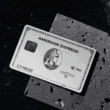

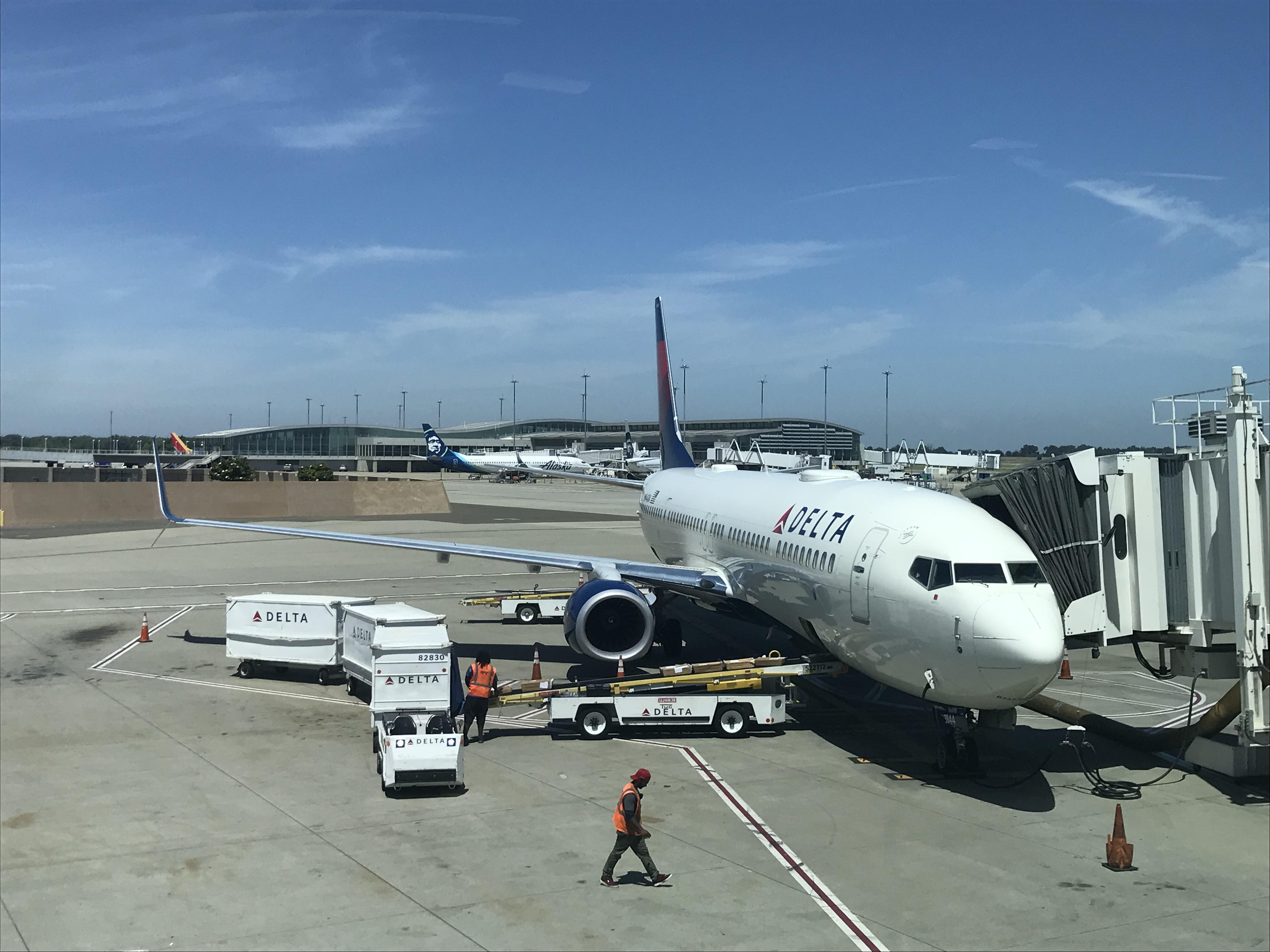
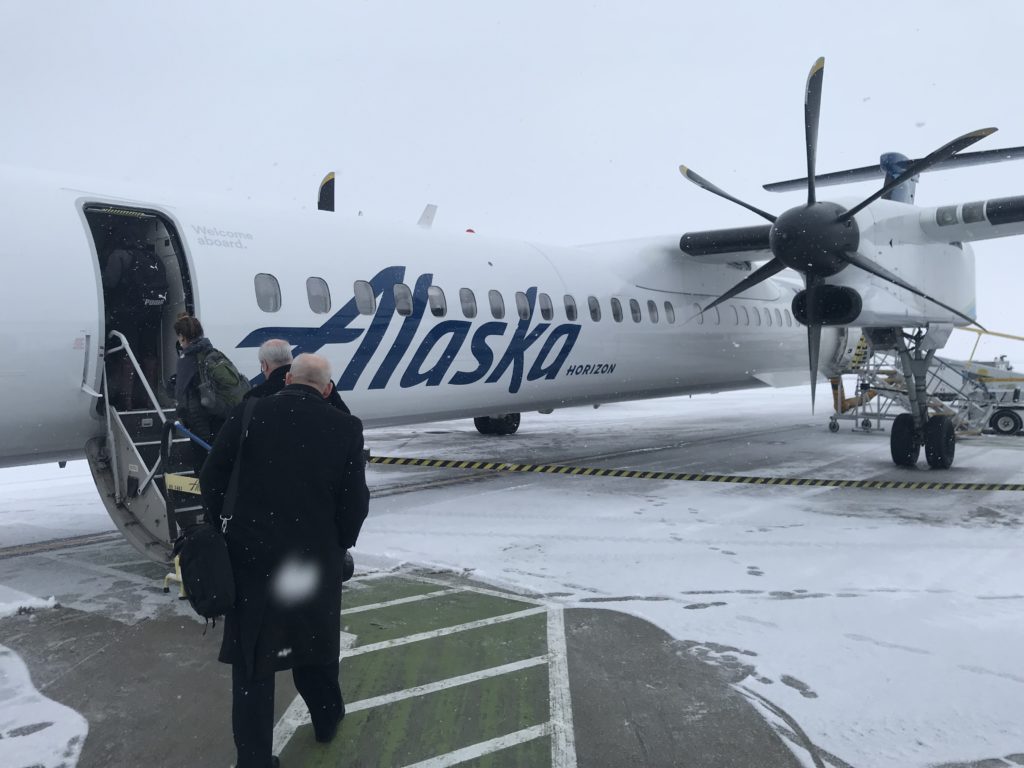
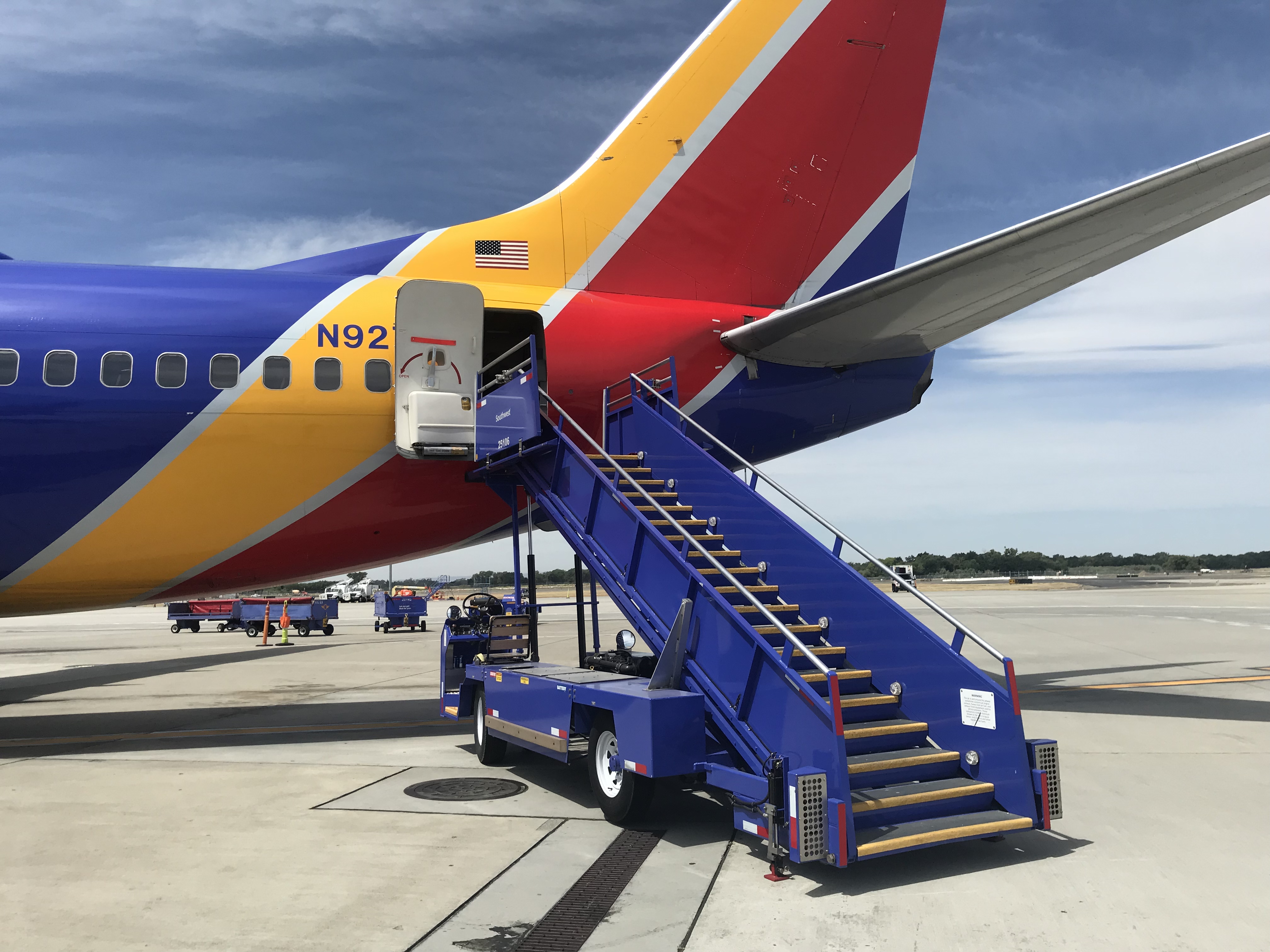

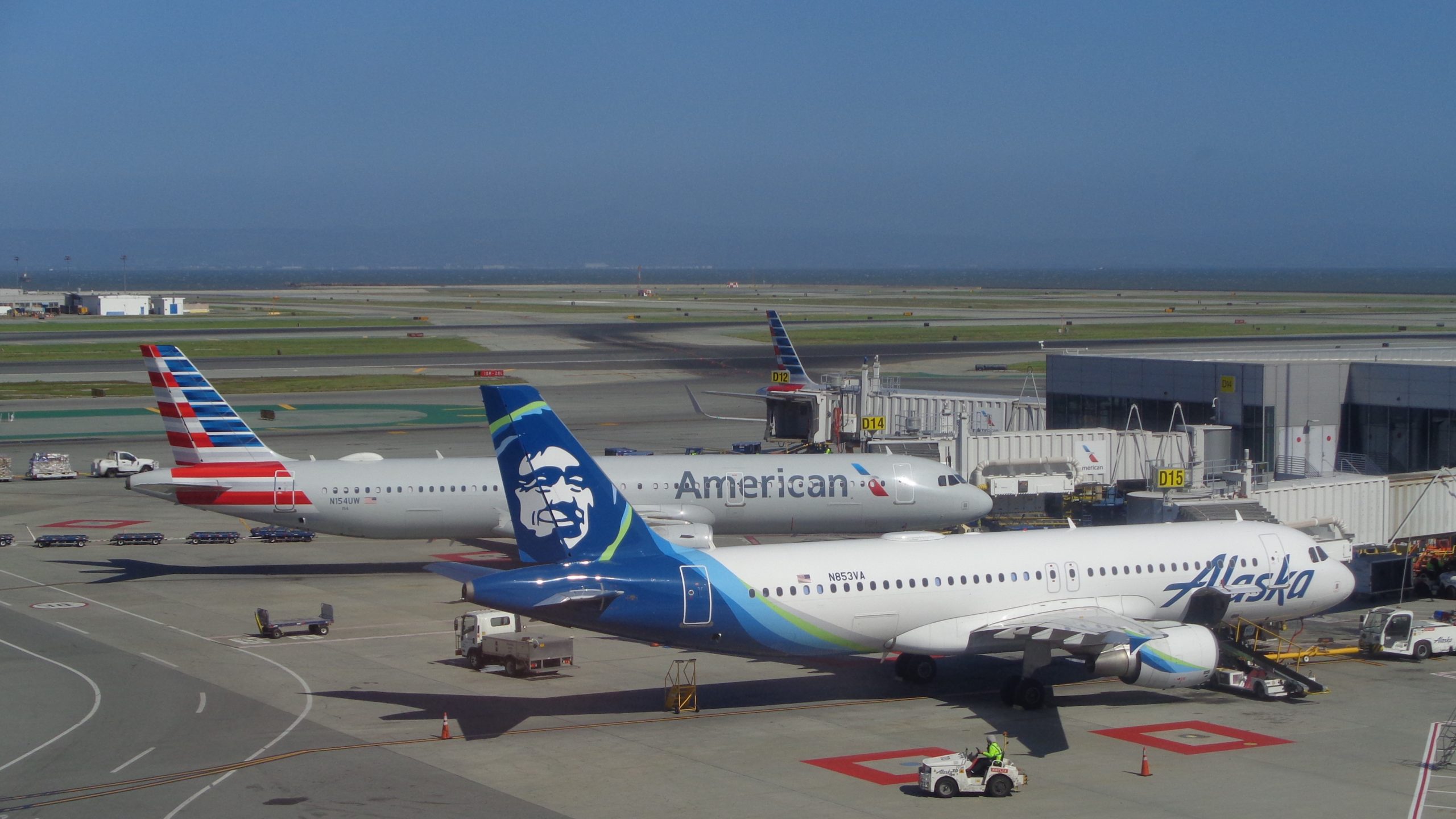





Amazing Article really happy to say it was an interesting post Information Is Asama. Thanks For Sheering. This Is Pradeep From Taxi Services In Mysore .
I think another factor has to be taken into account and that is people earning multipliers using transferable currency. Back in the “day” I remember you had an airline card and you earned 2 miles per dollar only on actual airline spend. Delta was an exception that their Gold Delta Skymiles card had a recurring promotion for 2x miles on groceries. Now, a customer with just the Gold American Express card can earn 4x on groceries, 4x on dining, and 3x on airfare booked directly through an airline. Alternatively, they could hold the Everyday Preffered and earn 4.5x groceries, 3x on gas, and 1.5x on everything else as long as they make 30 charges a month. You can do similar things with United holding various Chase cards so one could get 3x on travel and dining, 5x on rotating categories, 1.5x on everything else holding various Chase card that earn UR that transfer to UA. So yeah, redemption rates are up but so are ways to earn miles. The one exception to this is of course AA which has no meaningful transfer partners except Marriott.
It’s true earning has gone up, but that is only fairly recently. Most mid-level cards (CSP, Citi TYP) would earn 2x, which is a bonus, but nothing like the 3x, 4x and 5x we’re seeing.
A few short years ago I used to be able to book (plentifully available btw) business class awards on US Air (now AA) for 60k round trip with normal connections (not forced RDU positioning through LHR or PHL-MAN-LHR) off-peak. Now it cost 115k and there is little to no availability. So you can slice and dice all this as much as Forbes wants but unless you want crappy short haul ICT-DFW type flights its all devalued and higher than it used to be.
Agree 100%. I didn’t really touch on this, as the focus of the article was domestic economy awards, but the partner/international availability and value has definitely decreased over the past several years.
Years ago when airline redeemable miles were based on actual miles flown and I got an additional 125% mileage bonus on each flight, I had millions of miles. But these miles were rarely redeemable because they were far higher than the “saver rates” when tickets were available. I blew a lot of my miles for business class flights costing hundreds of thousands of miles each because the advice was use it or lose it. Today, I get a lot fewer miles per flight but it’s been much easier to book flights on miles because I see a lot more availability at low rates.
I guess it all depends on individual usage. I’ve had some issues over the years finding space, but not a whole lot. And rates for international business have done nothing but climb the past 5-7 years.